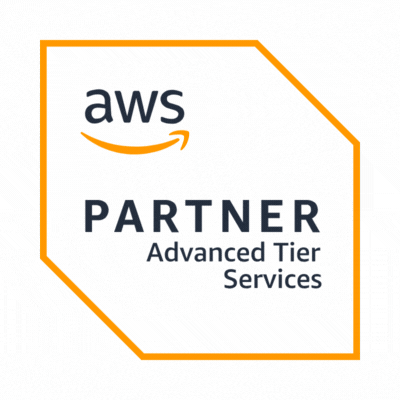Understanding the Importance of Securing Your Cloud Environment
The shift towards cloud computing offers unparalleled flexibility and scalability, but it also introduces new security challenges. Traditional security measures designed for on-premises environments may not suffice in the cloud. Cloud security encompasses various aspects such as network security, identity and access management (IAM), data encryption, application security, and continuous monitoring. Neglecting any of these areas can leave your cloud infrastructure vulnerable to cyber threats, potentially leading to data breaches, financial losses, and reputational damage.
3. Multi-Layered Approach to Cloud Security on AWS:
Implementing a multi-layered security approach on AWS involves deploying a combination of preventive, detective, and responsive measures across different layers of the cloud infrastructure. Let's explore each layer in detail:
3.1. Network Security:
Utilize AWS Virtual Private Cloud (VPC) to create isolated network environments.
Implement network access control lists (ACLs) and security groups to control inbound and outbound traffic.
Utilize AWS Web Application Firewall (WAF) to protect against common web exploits and DDoS attacks.
Enable AWS Shield for additional protection against DDoS attacks.
3.2. Identity and Access Management (IAM):
Follow the principle of least privilege by granting only necessary permissions to users and services.
Implement multi-factor authentication (MFA) for an additional layer of security.
Regularly review and rotate access keys, passwords, and IAM roles to mitigate the risk of unauthorized access.
Utilize AWS Identity and Access Management (IAM) policies to enforce granular access controls.
3.3. Data Encryption:
Encrypt data both in transit and at rest using AWS Key Management Service (KMS) or AWS Certificate Manager.
Implement encryption for storage services such as Amazon S3, Amazon EBS, and Amazon RDS.
Utilize AWS CloudHSM for hardware-based key management and cryptographic operations.
3.4. Application Security:
Implement secure coding practices and regularly patch and update applications to mitigate vulnerabilities.
Utilize AWS services such as AWS Inspector and AWS Config to automate security assessments and ensure compliance.
Implement secure API gateway configurations and utilize AWS Lambda for serverless application security.
3.5. Monitoring and Logging:
Implement AWS CloudTrail for logging API calls and AWS Config for tracking resource configurations.
Utilize Amazon CloudWatch for real-time monitoring of AWS resources and applications.
Implement automated alerts and notifications for suspicious activities and security breaches.
4. Best Practices for Implementing Multi-Layered Security:
Regularly conduct security assessments and audits to identify and address potential vulnerabilities.
Implement a robust incident response plan to mitigate the impact of security breaches.
Stay informed about the latest security threats and AWS best practices by participating in AWS security webinars, forums, and training programs.
Continuously monitor and refine your security policies and controls to adapt to evolving threats and compliance requirements.
5. Conclusion:
Securing your cloud environment on AWS requires a comprehensive and proactive approach that addresses multiple layers of security. By implementing a multi-layered security strategy encompassing network security, IAM, data encryption, application security, and monitoring, organizations can mitigate the risk of cyber threats and ensure the confidentiality, integrity, and availability of their cloud resources. Embracing a culture of security and staying abreast of emerging threats and best practices are essential for maintaining a robust security posture in the dynamic cloud environment.




















